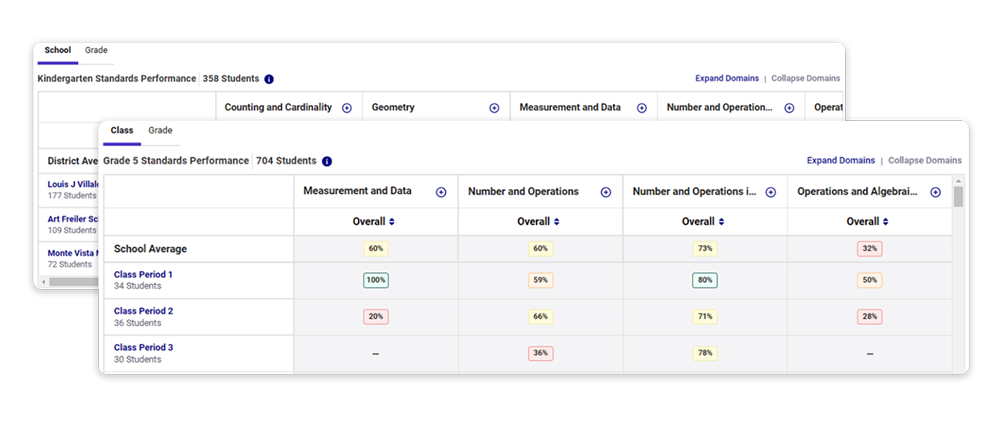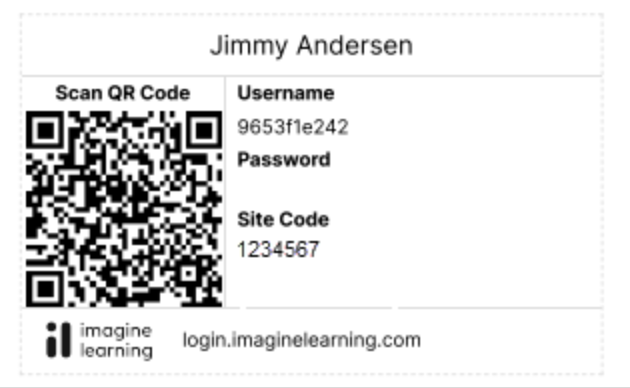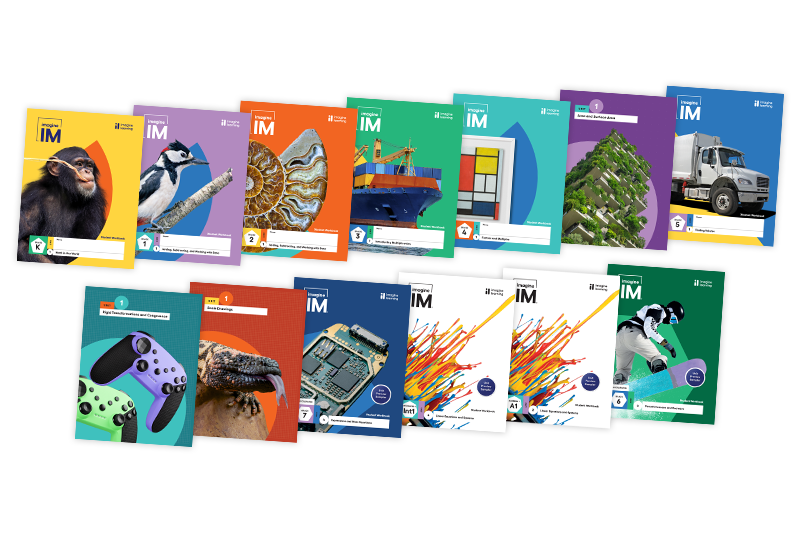Tempe, Arizona — December 2, 2024 — Imagine Learning, the nation’s largest provider of digital-first curriculum solutions, today announced the acquisition of Pango Education, a UK-based generative AI platform tailored for educational purposes. This strategic move enhances Imagine Learning’s capacity to deliver innovative, AI-driven solutions that empower educators and create impactful learning experiences.
Imagine Learning’s acquisition of Pango Education accelerates the development of its proprietary Curriculum-Informed AI™ tools, designed to address the growing need for personalized, standards-aligned educational solutions. With Pango’s innovative technology, Imagine Learning will enhance its ability to support educators in creating custom lesson plans and assessments, streamlining workflows, and responding quickly to evolving curriculum standards nationwide. This integration ensures that Imagine Learning’s solutions not only save teachers time but also deliver more engaging and effective learning experiences for students, meeting the diverse needs of today’s classrooms.
Elevating Education with Curriculum-Informed AI™
Imagine Learning’s Curriculum-Informed AI™ represents a new paradigm in education technology, providing a safe, reliable, and curriculum-aligned foundation for AI-powered tools. Unlike solutions trained on broad internet data or static textbooks, Imagine Learning’s AI operates within its research-based curriculum to ensure every interaction meets the highest educational standards.
“We are excited to integrate Pango Education’s innovative AI technology into Imagine Learning’s robust curriculum portfolio, setting the stage for transformative advancements in personalized learning,” said Jonathan Grayer, Chairman and CEO of Imagine Learning. “This acquisition amplifies our ability to customize lesson plans, adapt to evolving state standards, and create seamless, impactful learning experiences for the 18 million K–12 students we serve.”
Pango was founded in London, England, in 2018 by former math educator Adam Still and software engineer Richard Still. Their platform was developed to help teachers save time by streamlining access to diverse educational resources. By bringing Pango’s technology into its portfolio, Imagine Learning will expand its ability to offer educators practical, customized tools that address classroom needs more efficiently and effectively.
“Integrating Pango’s AI capabilities allows us to provide teachers with more control and flexibility in creating lesson plans and assessments,” said Jason Fournier, VP of Product Management, AI Initiatives at Imagine Learning. “This alignment with our rigorous content standards ensures that educators can meet the unique needs of their students while adapting quickly to curriculum and standards changes. The result is a set of tools that keeps pace with the demands of today’s classrooms.”
Imagine Learning reinforces its commitment to empowering educators with tools that address real-world challenges in the classroom by integrating Pango’s technology. Combining curriculum-aligned innovation with practical solutions advances Imagine Learning’s mission to support teachers and enhance student learning outcomes. This acquisition marks another step forward as Imagine Learning provide resources to meet the evolving demands of K–12 education.
About Imagine Learning
Every classroom, every student is bursting with potential. That’s why we pursue relentless innovation at the intersection of technology, people, and curricula. Imagine Learning creates K–12 digital-first solutions, working alongside teachers to support 18 million students in over half of the districts nationwide. Our core portfolio includes Imagine IM, Imagine Learning EL Education, Twig® Science, and Traverse. Our robust supplemental and intervention suite equips learners with personalized instruction for English and Spanish literacy, math, coding, and more. Imagine Edgenuity® and Imagine EdgeEX offer innovative courseware solutions, complemented by Imagine School Services’ Certified Teachers. Imagine Learning. Empower potential. Learn more: imaginelearning.com.




